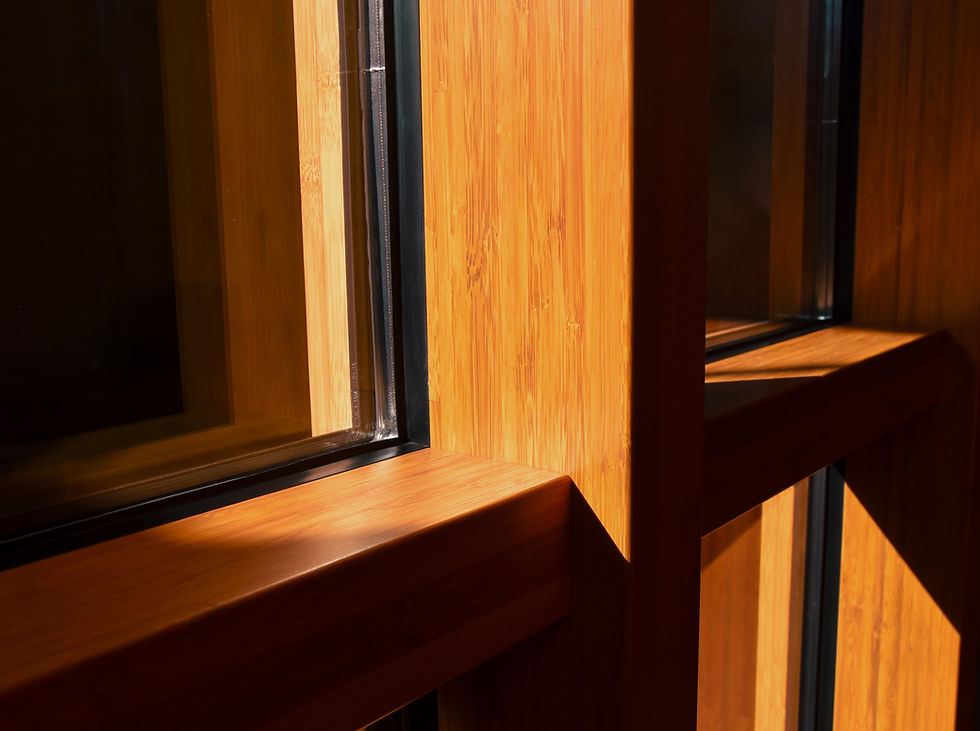Decarbonizing with Bamboo
- Brooklyne Claro

- Jul 24, 2022
- 2 min read
According to Compensate, “A carbon sink is basically anything that biologically or physiologically holds more carbon in than it releases. This way, a carbon sink keeps carbon from entering the atmosphere as CO2”. For every 1 Lb. of bamboo grown, it removes 1.67 lbs of carbon from the atmosphere.
Over the years, the level of carbon dioxide in the atmosphere has skyrocketed. The immense amount of carbon comes from everyday life without society even acknowledging the environmental impact. Comfort comes with a cost, but not a cost as convenient as money.
A change of mindset and methods is necessary to decarbonize the world. Incorporating bamboo into our buildings and projects puts a crucial dent into this challenge. Bamboo is a “secret weapon” when it comes to reversing the carbon footprint as it can sequester 35-50% more carbon from the atmosphere than a like-sized timber forest.
Bamboo, being a grass, not a wood, regenerates itself much faster than softwood and hardwood timbers. It can be harvested every 4 to 5 years, unlike softwood timber which is harvested at a rate of roughly 25 to 40 years depending on species. The bamboo culm can grow back from the same roots that it was harvested from reducing the need to erode the ground or land on which it grows. Its quick growth and superior mechanical properties make it a rapidly renewable material, ideal for building materials.
Bamboo has made a huge turning point over the years. Not only is bamboo able to be used in simple products like kitchen utensils, but for sustainable building materials as well. Growing awareness about the capabilities of bamboo is essential in the mission to reverse the negative effects of carbon.
It is urgent that society opens its eyes to the negative impacts of carbon and starts choosing sustainable materials, such as bamboo.




Comments